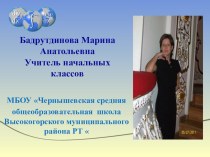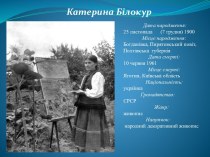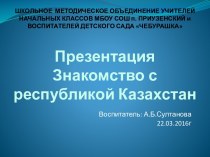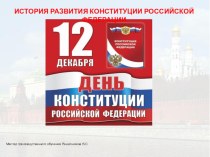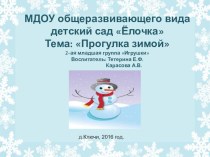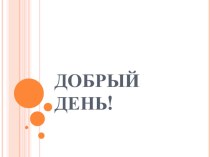- Главная
- Разное
- Бизнес и предпринимательство
- Образование
- Развлечения
- Государство
- Спорт
- Графика
- Культурология
- Еда и кулинария
- Лингвистика
- Религиоведение
- Черчение
- Физкультура
- ИЗО
- Психология
- Социология
- Английский язык
- Астрономия
- Алгебра
- Биология
- География
- Геометрия
- Детские презентации
- Информатика
- История
- Литература
- Маркетинг
- Математика
- Медицина
- Менеджмент
- Музыка
- МХК
- Немецкий язык
- ОБЖ
- Обществознание
- Окружающий мир
- Педагогика
- Русский язык
- Технология
- Физика
- Философия
- Химия
- Шаблоны, картинки для презентаций
- Экология
- Экономика
- Юриспруденция
Что такое findslide.org?
FindSlide.org - это сайт презентаций, докладов, шаблонов в формате PowerPoint.
Обратная связь
Email: Нажмите что бы посмотреть
Презентация на тему Prezentatsia_bez_nazvania
Содержание
Born in Schickenhof, Kingdom of Bavaria (now Freihung), Stark was educated at the Bayreuth Gymnasium (secondary school) and later in Regensburg. His collegiate education began at the University of Munich, where he studied physics, mathematics, chemistry,




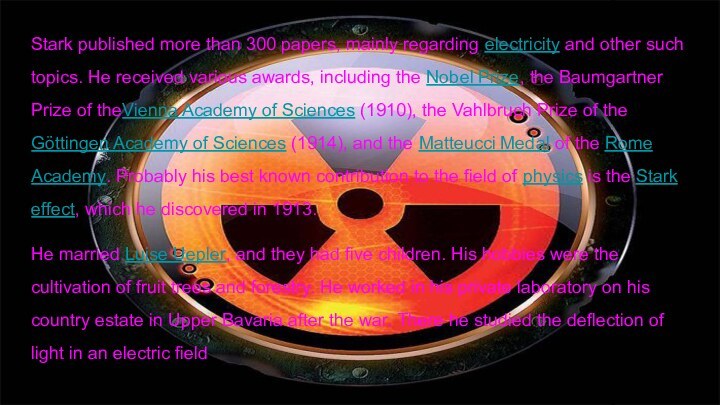

Слайд 3 Stark worked in various positions at the Physics
Institute of his alma mater until 1900, when he
became an unsalaried lecturer at theUniversity of Göttingen. An extraordinary professor at Hanover by 1906, in 1908 he became professor at the RWTH Aachen University. He worked and researched at physics departments of several universities, including the University of Greifswald, until 1922. In 1919, he won the Nobel Prize in Physics for his "discovery of the Doppler effect in canal rays and the splitting of spectral lines in electric fields" (the latter is known as the Stark effect). From 1933 until his retirement in 1939, Stark was elected President of the Physikalisch-Technische Bundesanstalt, while also President of the Deutsche Forschungsgemeinschaft.Слайд 4 It was Stark who, as the editor of
Jahrbuch der Radioaktivität und Elektronik, asked in 1907, then
still rather unknown, Albert Einsteinto write a review article on the principle of relativity. Stark seemed impressed by relativity and Einstein's earlier work when he quoted "the principle of relativity formulated by H. A. Lorentz and A. Einstein" and "Planck's relationship M0 = E0/c2" in his 1907 paper[2] inPhysikalische Zeitschrift, where he used the equation e0 = m0c2 to calculate an "elementary quantum of energy", i.e. the amount of energy related to the mass of an electron at rest. While working on his article,[3] Einstein began a line of thought that would eventually lead to his generalized theory of relativity, which in turn became (after its confirmation) the start of Einstein's worldwide fame. This is heavily ironic, given Stark's later work as an anti-Einstein and anti-relativity propagandist in the Deutsche Physik movement.Слайд 5 Stark published more than 300 papers, mainly regarding
electricity and other such topics. He received various awards,
including the Nobel Prize, the Baumgartner Prize of theVienna Academy of Sciences (1910), the Vahlbruch Prize of the Göttingen Academy of Sciences (1914), and the Matteucci Medal of the Rome Academy. Probably his best known contribution to the field of physics is the Stark effect, which he discovered in 1913.He married Luise Uepler, and they had five children. His hobbies were the cultivation of fruit trees and forestry. He worked in his private laboratory on his country estate in Upper Bavaria after the war. There he studied the deflection of light in an electric field

